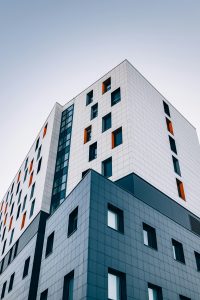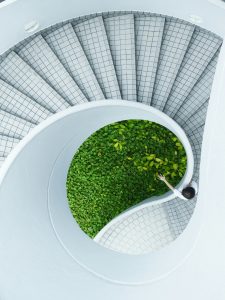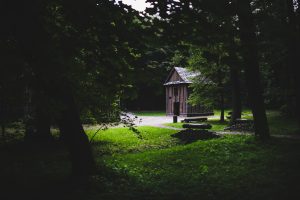Let’s explore how we can breathe new life into historic buildings by making them more sustainable. It’s essential to find a balance between preserving their rich heritage and integrating modern, eco-friendly updates. Together, we’ll dive into various strategies and techniques, such as energy-efficient retrofits, the use of sustainable materials, and innovative design solutions. By embracing these methods, we can ensure that our cherished landmarks remain a vital and vibrant part of our community while also contributing to a greener future. How Can Historic Buildings Be Adapted To Be More Sustainable?
Have you ever walked by a gorgeous old building and wondered how it could be brought into the 21st century without losing its charm? We often find ourselves pondering over the delicate balance of preserving history while adapting to modern sustainability practices. This question is more relevant now than ever, as the world collectively strives to reduce greenhouse gases and address climate change.
Historic buildings hold a unique significance, acting as silent narrators of stories from the past. However, many of these structures were designed long before the concept of sustainability was a glimmer in anyone’s eye. Today, we’re faced with the challenge of merging these historic aesthetics with modern-day sustainability. But how exactly can we achieve this?
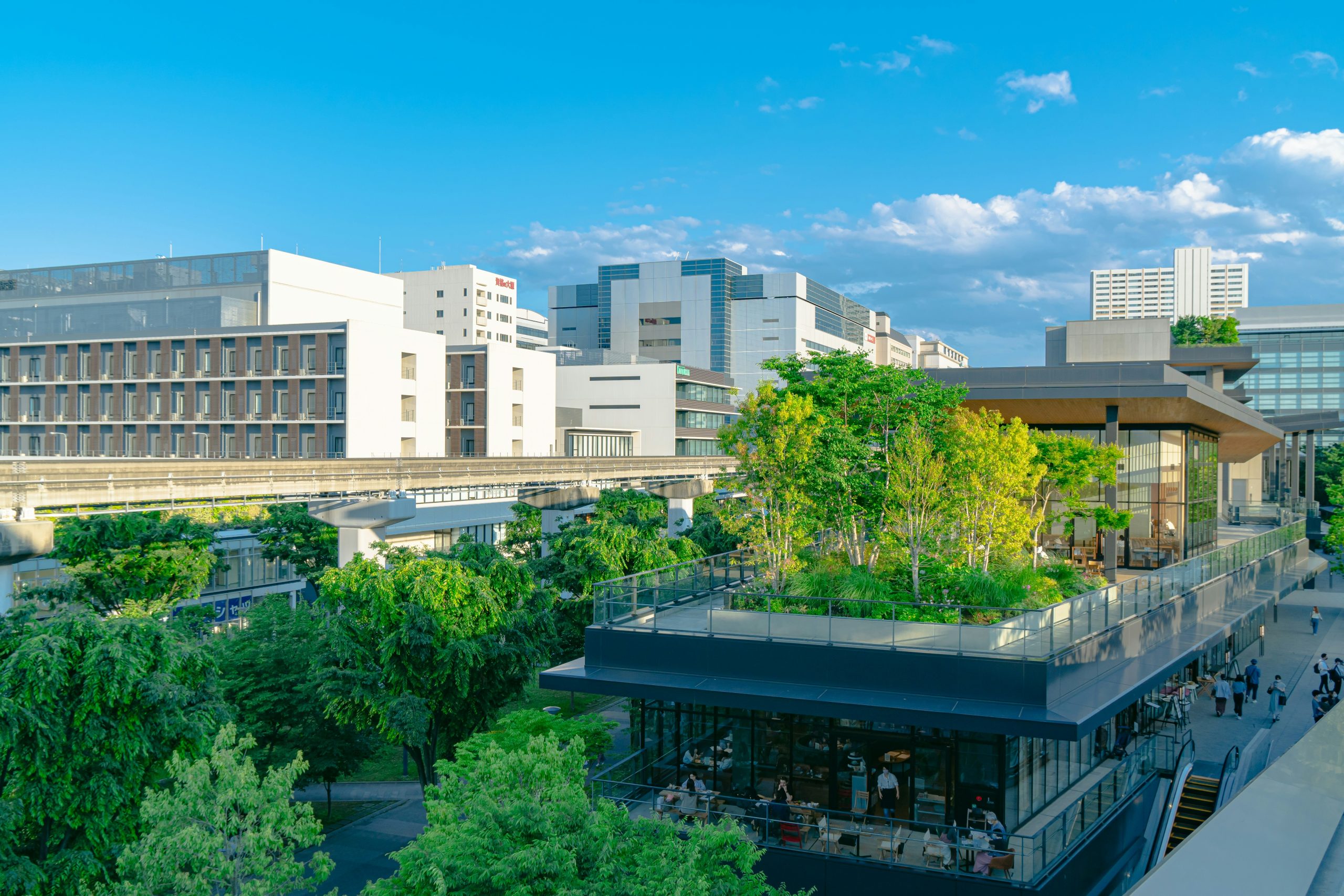
Understanding the Value of Historic Buildings
Cultural and Architectural Significance
Historic buildings are treasured for their rich history, unique architecture, and cultural significance. These structures provide us with a tangible connection to our past and contribute to the identity and character of our communities. Preserving them is not just about maintaining aesthetic beauty; it’s about honoring the skills, craftsmanship, and stories that shaped our heritage.
Economic and Environmental Impact
Renovating and adapting historic buildings can also offer substantial economic benefits. Preservation projects can spur local economies by creating jobs, attracting tourists, and increasing property values. Environmentally, adaptive reuse of these old buildings can be far more sustainable than new construction. The energy and resources already embedded in these buildings—often referred to as ‘embodied energy’—make demolition a wasteful and less sustainable option.
Challenges in Adapting Historic Buildings
Structural Limitations
One of the primary challenges in adapting historic buildings is dealing with their structural limitations. Many of these buildings were constructed using methods and materials that are now outdated or not in line with current sustainability practices. Retrofitting such structures to meet modern environmental standards requires innovation and, often, creative problem-solving.
Regulatory Constraints
Historic buildings are often subject to strict regulations aimed at preserving their original features. These guidelines can sometimes be rigid, making it difficult to implement certain sustainability measures without altering the building’s historic characteristics.
Financial Constraints
Adapting historic buildings can be costly. The specialized materials and skilled labor required for preservation add up quickly, making it financially challenging for many property owners or communities to undertake these projects without significant funding or grants.
Strategies for Sustainable Adaptation
Energy Efficiency Improvements
Improving the energy efficiency of historic buildings is one of the most impactful ways to enhance their sustainability. Below are some methods we can use:
- Insulation and Glazing: Adding insulation to roofs, walls, and floors can significantly reduce energy consumption. Upgrading windows with double or triple glazing while maintaining their historic appearance can also aid in energy conservation.
- Efficient Heating, Ventilation, and Air Conditioning (HVAC) systems: Replacing old heating systems with modern, energy-efficient alternatives can drastically cut down on energy consumption. Implementing zoned heating can ensure that only occupied areas are heated, further improving efficiency.
| Method | Description | Benefits |
|---|---|---|
| Insulation and Glazing | Adding insulation to roofs, walls, and floors; upgrading window glazing | Reduces energy consumption, maintains comfort |
| Efficient HVAC Systems | Replacing old systems with energy-efficient alternatives | Cuts down energy use, promotes consistent heating or cooling |
Renewable Energy Solutions
Incorporating renewable energy sources is another effective strategy. Solar panels can often be installed on roofs in a way that doesn’t detract from the building’s appearance. Ground-source heat pumps are another option, as they can provide heating and cooling by utilizing the earth’s stable temperature.
Water Conservation Measures
Implementing water-saving measures is also crucial for improving the sustainability of historic buildings. Simple steps like installing low-flow faucets and toilets can lead to substantial water savings. More advanced measures might include rainwater harvesting systems that collect and reuse water for non-potable purposes.
Sustainable Materials and Techniques
Using environmentally friendly materials and techniques can help preserve the integrity of historic buildings. Reclaimed wood, for instance, can match the architectural style while being a sustainable choice. Natural paints and finishes can also contribute to a healthier indoor environment. Lime-based mortars and plasters, traditionally used in many historic buildings, are more sustainable than modern cement-based alternatives.
Case Studies of Successful Adaptations
The Empire State Building, New York City
In the heart of Manhattan, the Empire State Building stands as a testament to successful sustainable adaptation. A comprehensive energy efficiency retrofit project was undertaken, which included replacing all 6,514 windows to reduce energy losses. The building’s HVAC systems were also upgraded, and an energy-efficient lighting system was installed. These changes resulted in a significant reduction in the building’s energy consumption, setting an example for how historic skyscrapers can embrace sustainability without compromising their storied past.
The Chicago Merchandise Mart
Another shining example is The Merchandise Mart in Chicago. Built in 1930, this massive building underwent a sustainability makeover that included the installation of energy-efficient lighting, upgraded HVAC systems, and a green roof. These improvements helped the building achieve LEED (Leadership in Energy and Environmental Design) certification, illustrating that even large, historic buildings can successfully transition to becoming more sustainable.
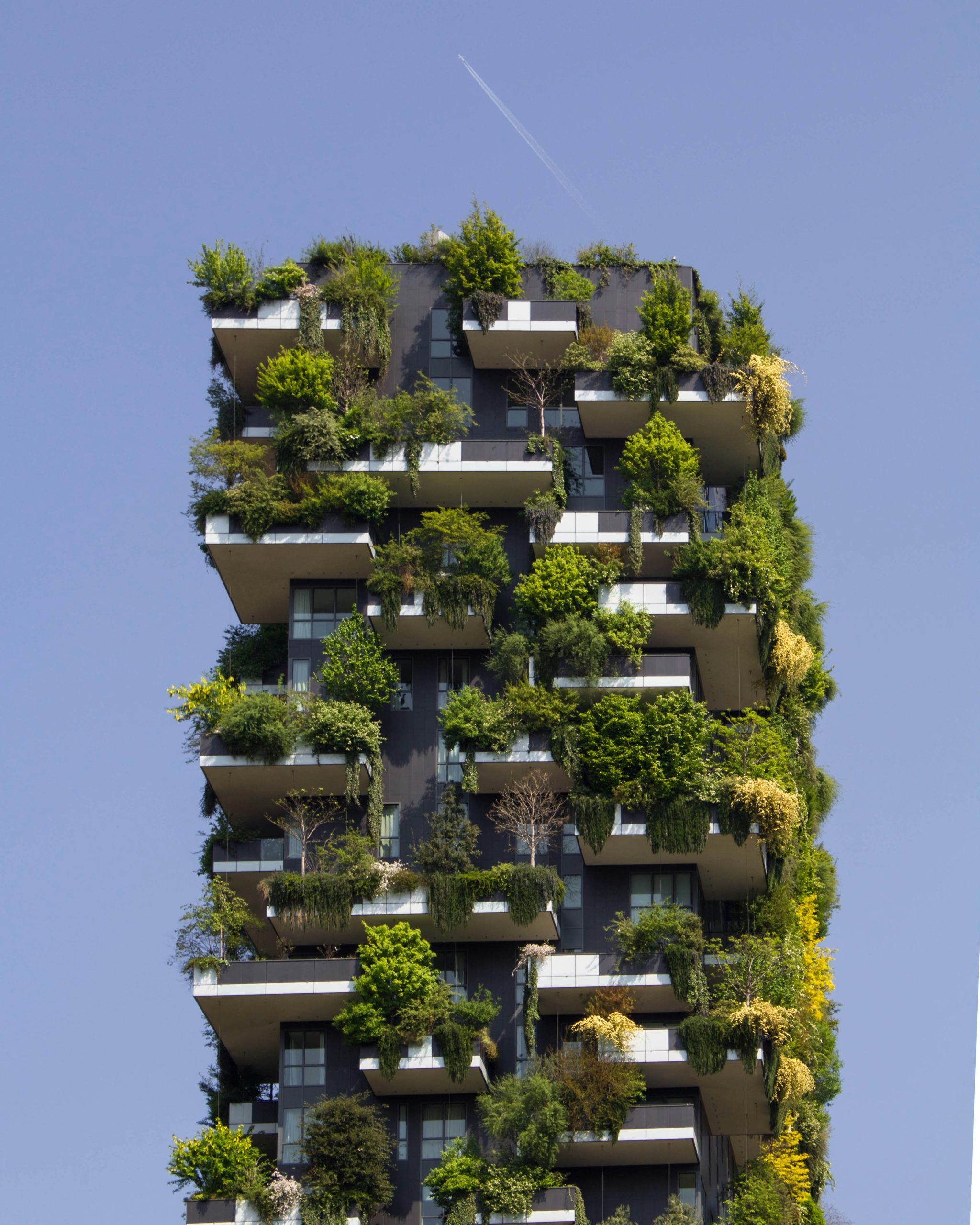
Benefits of Sustainable Adaptation
Environmental Benefits
The environmental benefits of sustainable adaptation are immense. By improving energy efficiency, incorporating renewable energy sources, and utilizing sustainable materials, we can significantly reduce the carbon footprint of historic buildings. This not only helps in mitigating climate change but also sets a precedent for future preservation projects.
Economic Benefits
Adapting historic buildings to be more sustainable can lead to considerable economic savings over time. Reduced energy and water bills, coupled with potential tax incentives and higher property values, can make these projects financially rewarding. Furthermore, the job creation associated with such projects can boost local economies.
Social and Cultural Benefits
Finally, the social and cultural benefits are invaluable. By preserving historic buildings, we maintain a connection to our past, offering future generations the chance to experience and learn from these structures. Sustainable adaptation ensures that these buildings can continue to serve as functional, educational, and community-oriented spaces for years to come.
Practical Tips for Property Owners and Communities
Start with an Assessment
Before embarking on any project, it’s essential to conduct a thorough assessment of the building. This will help identify any structural issues, energy inefficiencies, and areas where sustainable improvements can be made. Learning the history and understanding the original materials and techniques used in the building’s construction can also guide the preservation efforts.
Engage with Experts
Preserving and adapting historic buildings require specialized knowledge and skills. Engaging with experts, including architects, engineers, and preservationists, can provide valuable insights and ensure that the adaptation is both sustainable and respectful of the building’s historic integrity.
Leverage Available Resources
Several grants, tax incentives, and loans are available for historic preservation projects. Researching and leveraging these resources can make a significant difference in offsetting the costs associated with sustainable adaptation.
Involve the Community
Community involvement is vital in the preservation of historic buildings. Engaging with local residents, historians, and cultural organizations can garner support and foster a sense of shared responsibility for these treasured landmarks.
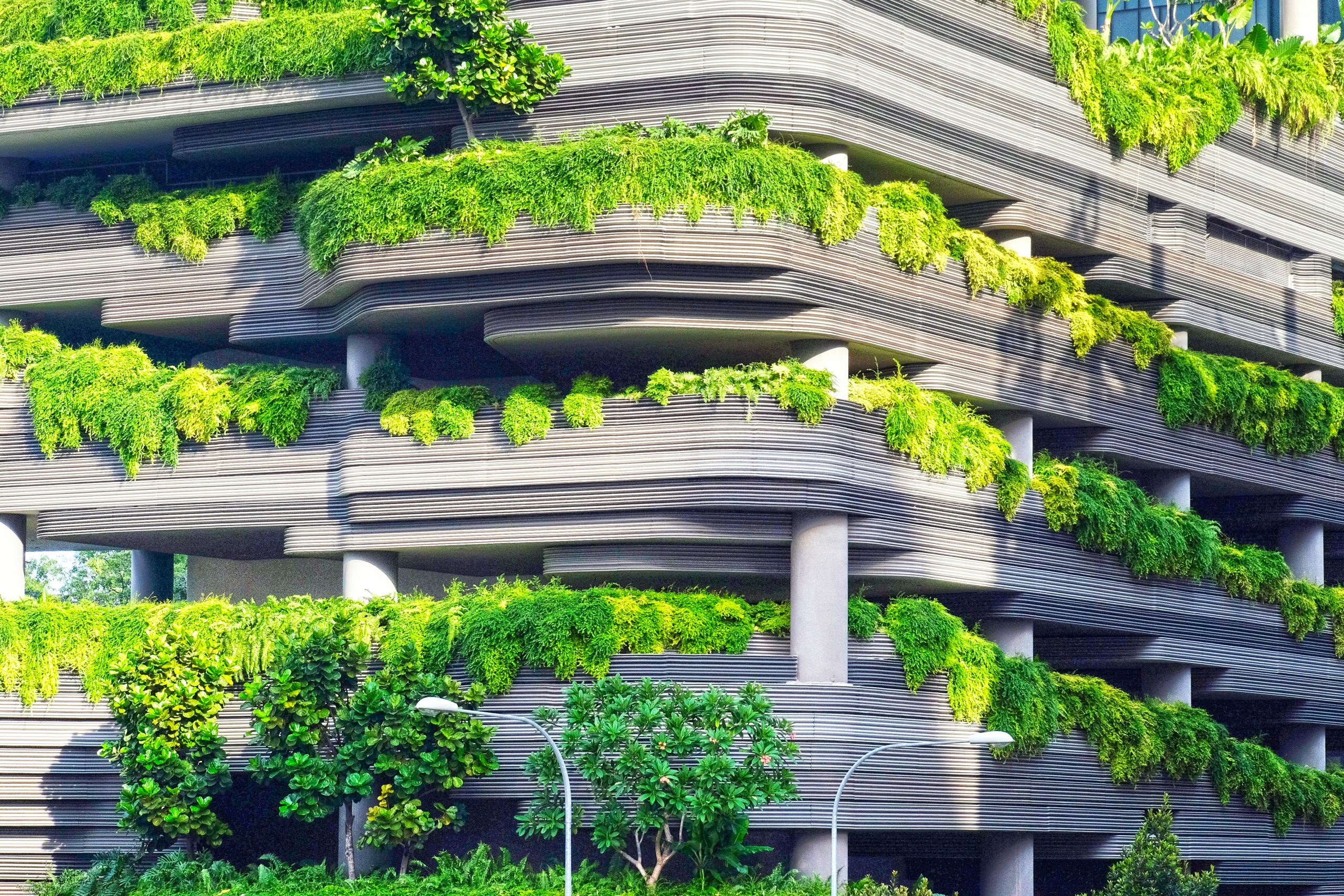
The Future of Historic Buildings
We are at a pivotal moment where the convergence of preservation and sustainability offers exciting possibilities. By embracing innovative technologies and sustainable practices, we have the opportunity to breathe new life into these historic structures. The challenge is to approach this task with sensitivity and respect for their original form while confidently integrating modern sustainability solutions.
In doing so, we can ensure that these buildings continue to stand as proud symbols of our heritage and become exemplars of how the past and present can harmoniously coexist. Ultimately, when we adapt historic buildings to be more sustainable, we are preserving a valuable part of our cultural identity and contributing positively to the future.
So, the next time we walk by a historic building, we can imagine a future where it stands the test of time, not just as a relic of the past but as a contemporary beacon of sustainability. And in that vision, we see the true essence of preservation—honoring our history while paving the way for a brighter, more sustainable future.
Let’s embrace the journey of making our historic buildings sustainable and elevate their timeless legacy for the generations to come. Do you have any historic buildings in your community that could benefit from a sustainability makeover? Join us in making a change that celebrates both our past and our future.

